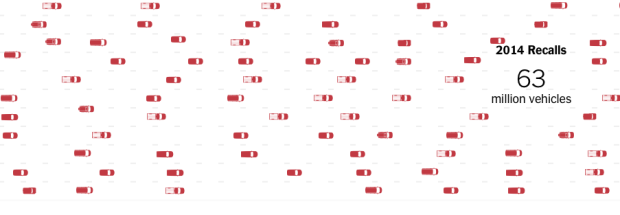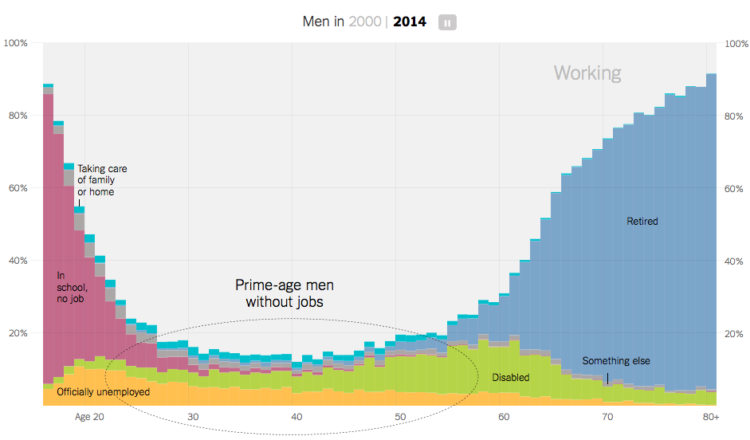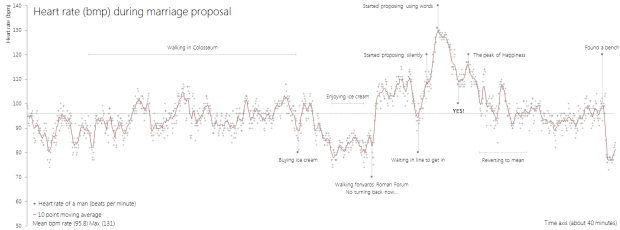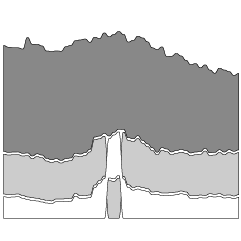R continues its growth, and usage in the sciences is no exception. Nature describes some of the applications along with links to getting started with the statistical computing language.
Besides being free, R is popular partly because it presents different faces to different users. It is, first and foremost, a programming language — requiring input through a command line, which may seem forbidding to non-coders. But beginners can surf over the complexities and call up preset software packages, which come ready-made with commands for statistical analysis and data visualization. These packages create a welcoming middle ground between the comfort of commercial ‘black-box’ solutions and the expert world of code. “R made it very easy,” says Rojo. “It did everything for me.”
For me, R used to be a traditional analysis tool that I made graphs with occasionally. But at some point it became more about the data graphics, and these days that’s about all I do. That’s the great thing about R. You don’t have to learn everything about the language to get a lot out of it. Just take in bits at a time to suit your needs, and before you know it:
learning <- function(time) {
return("easy");
}
Here are a handful more resources to get you started:















 Visualize This: The FlowingData Guide to Design, Visualization, and Statistics (2nd Edition)
Visualize This: The FlowingData Guide to Design, Visualization, and Statistics (2nd Edition)










